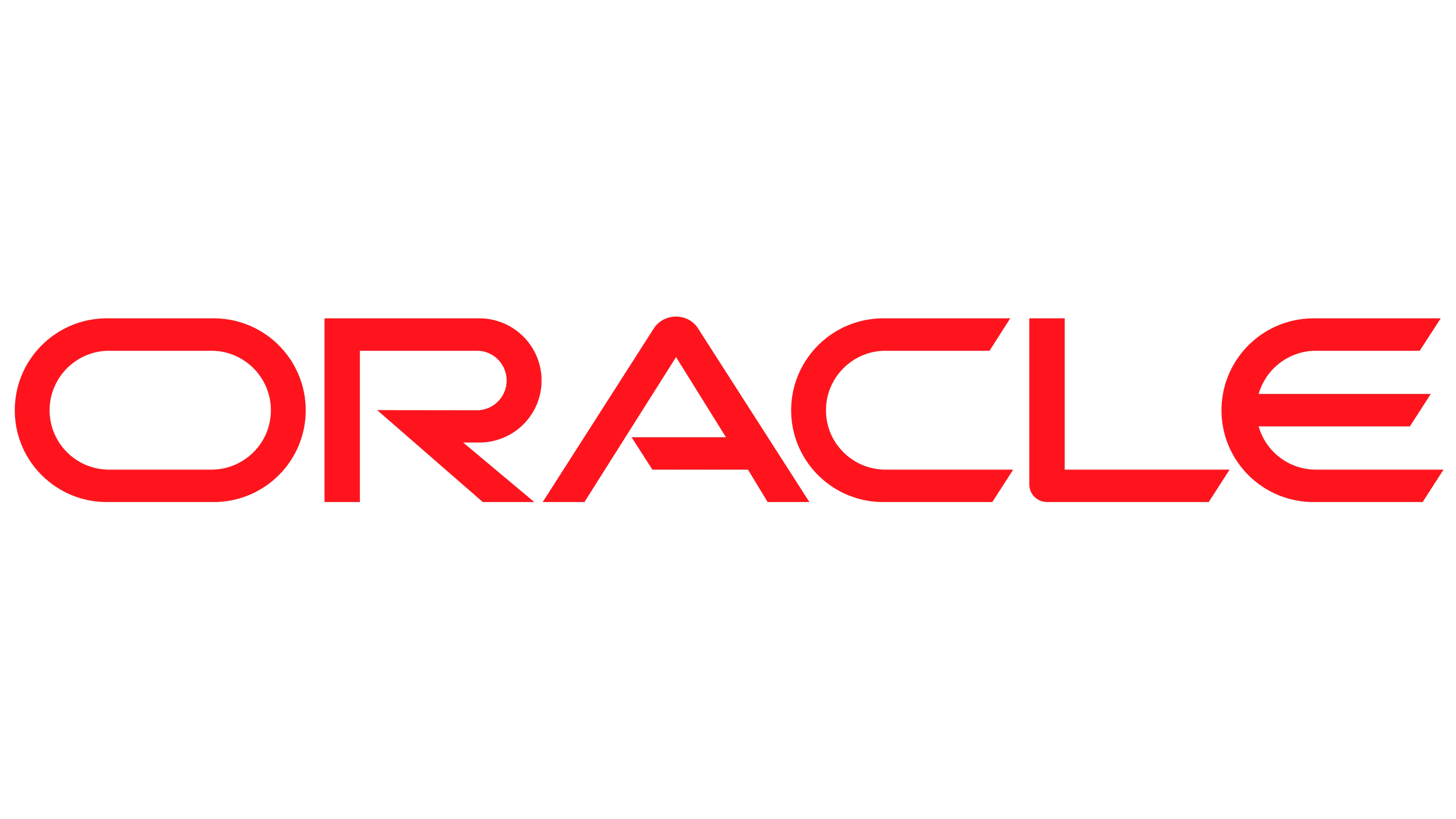GROWTH SOLUTIONS
Unlock Sales Opportunities
-
Targeted Organic Campaigns: Create campaigns based on the ideal customer profile, including SEO-optimized content, social media outreach, and thought leadership articles to enhance visibility and attract interest.
Outbound Lead Generation: Utilize personalized email campaigns and direct outreach, supported by marketing automation tools to nurture potential leads and drive engagement.
Inbound Lead Capture: Design high-converting landing pages, feedback forms, and gated content to engage prospective customers and encourage conversions.
Automated Lead Qualification: Streamline the process of prioritizing high-potential leads and follow-ups through automated qualification systems, ensuring effective use of resources.
Ongoing Data Analysis: Conduct continuous data analysis and A/B testing to optimize lead generation efforts, refine strategies, and improve conversion rates.
-
Business Planning: Design data-driven growth strategies that integrate competitive analysis, market intelligence, and customer experience (CX/UX) optimization to unlock new revenue opportunities and strengthen market positioning.
Loyalty Program: Develop a patient loyalty program that rewards regular check-ups, follow-up visits, and positive outcomes, encouraging ongoing engagement and long-term retention.
Product-Specific Marketing: Analyze product offerings to identify and promote the most marketable and profitable services. Utilize customer testimonials, success stories, and case studies to build credibility and drive interest.
Marketing Automation Integration: Automate real-time communication based on customer interactions and product engagement, ensuring timely follow-ups and relevant content delivery.
Feedback and Analytics: Implement a robust feedback loop to gather customer reviews and satisfaction data. Use analytics to track customer engagement, refine marketing strategies, and enhance service quality.
Retention Strategies: Engage customers' post-engagement with targeted email marketing campaigns that maintain contact, share relevant content, and build loyalty, ensuring continued satisfaction and retention.
Drive Operational Efficiency
-
Technology Assessment: Evaluate current technology infrastructure, systems, and tools to identify gaps and opportunities for improvement.
Digital Transformation: Develop a roadmap for digital transformation initiatives to modernize processes, improve efficiency, and enhance customer experiences.
Technology Adoption: Identify emerging AI technologies and trends relevant to the business and assess their potential impact and value proposition.
Technology Partnerships: Collaborate with technology vendors, startups, and industry partners to leverage external expertise and resources for technology innovation and implementation.
-
Process Optimization: Analyze and streamline workflows to improve efficiency and productivity.
Lean and Six Sigma: Apply principles to eliminate waste, reduce defects, and enhance performance.
Supply Chain Management: Optimize operations, logistics, and inventory to minimize costs and improve reliability.
Quality and Continuous Improvement: Implement quality management systems and foster a culture of continuous improvement for operational excellence.
Ensure Financial Management
-
Cash Flow and Capital Management: Ensure sufficient operational funds, strategically allocate capital to maximize ROI and assess financial needs for operations, growth, and strategic objectives.
Financial Projections: Prepare detailed financial forecasts and projections to support funding requests and investment decisions.
Bookkeeping: Maintain accurate and up-to-date financial records to ensure the integrity of financial data and compliance with regulations.
Formal Accounting: Implement formal accounting practices to ensure accurate financial reporting, regulatory compliance, and informed decision-making.
-
Cost & Margin Evaluation: Apply cost-plus pricing models to safeguard profit margins, and regularly review product line margins to ensure profitability without sacrificing competitiveness.
Business Model Analysis: Evaluate current business model effectiveness and identify areas for improvement or innovation.
Dynamic & Value-Based Pricing: Implement flexible pricing strategies that adapt to demand, seasonality, and customer segments, while aligning pricing with the perceived value of products or services to maximize revenue.
Market & Competitive Analysis: Conduct thorough market research and competitor analysis to understand pricing trends, customer expectations, and competitive positioning, ensuring optimal price points are set.
Strategy Framework
Organizations We’ve Supported


























